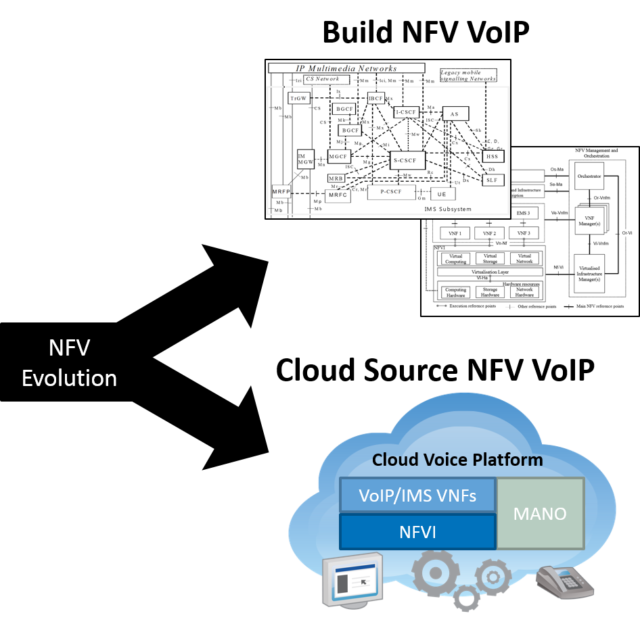Change is coming for network infrastructure. Service providers must upgrade their aging and inflexible networks to remain competitive in today’s increasingly challenging environment. NFV and web-scale technologies will lie at the heart of all that change. But in what form? How is NFV best consumed? We think the application or technology should play a large role in defining the approach.
When it comes to voice, we think that approach should be leveraging the cloud, not building one.
NFV has the potential to reduce network infrastructure costs and improve service agility by eliminating proprietary hardware and rapidly building services via software network functions running in virtual environments. Building out an NFV-based network makes sense for strategic applications and services with high-growth potential. But is it the right way to go for a commodity service like voice?
At last week’s Big Telecom Event, Light Reading’s founder and CEO Steve Saunders commented that with all the change driven by market and technology that this is a career redefining time for network architects. It’s not optional and they will need to re-invent themselves (and their network) and become business strategists. You can see some of Steve’s remarks in a clip from his keynote.
I think as part of this reinvention, architects and leadership should also challenge the assumption that rebuilding networks is the way forward. The past should not be the guide; just because that was the way, the cloud and virtualization technologies open up new paths. Rethink how voice is delivered.
At Alianza, we believe that constructing a solid business case for building an NFV-based voice network will be extremely difficult given the overall state of voice. In fact, in a Heavy Reading May 2015 study of service providers, the report shows that the top two obstacles to NFV deployment are all about the dollars. This is just like IMS before it.

Designing, building out, and managing an NFV network is still a CAPEX- and OPEX-intensive undertaking. And it could take years for mature NFV solutions to reach the market; yet, service agility and cost reductions are demanded now. When it comes to voice, there is a matter of urgency as legacy TDM and VoIP 1.0 networks reach end-of-life, per subscriber costs rise and services stagnate with little-to-none innovation.
Service providers have two options for taking advantage of network virtualization technology for voice: build out an NFV-based VoIP network or leverage a hosted NFV VoIP platform.
A cloud voice platform provides that hosted NFV VoIP solution and provides a cost-effective, flexible and practical alternative to building out a next-generation NFV-based voice network. A cloud voice platform combines the elastic service benefits of NFV technology with the elastic business model benefits of a pay-as-you-grow cloud-based solution. And field-proven cloud voice platforms are available today.
You can read more about why turning to the cloud for NFV VoIP is the right approach in our new white paper Cloud Sourcing NFV.


